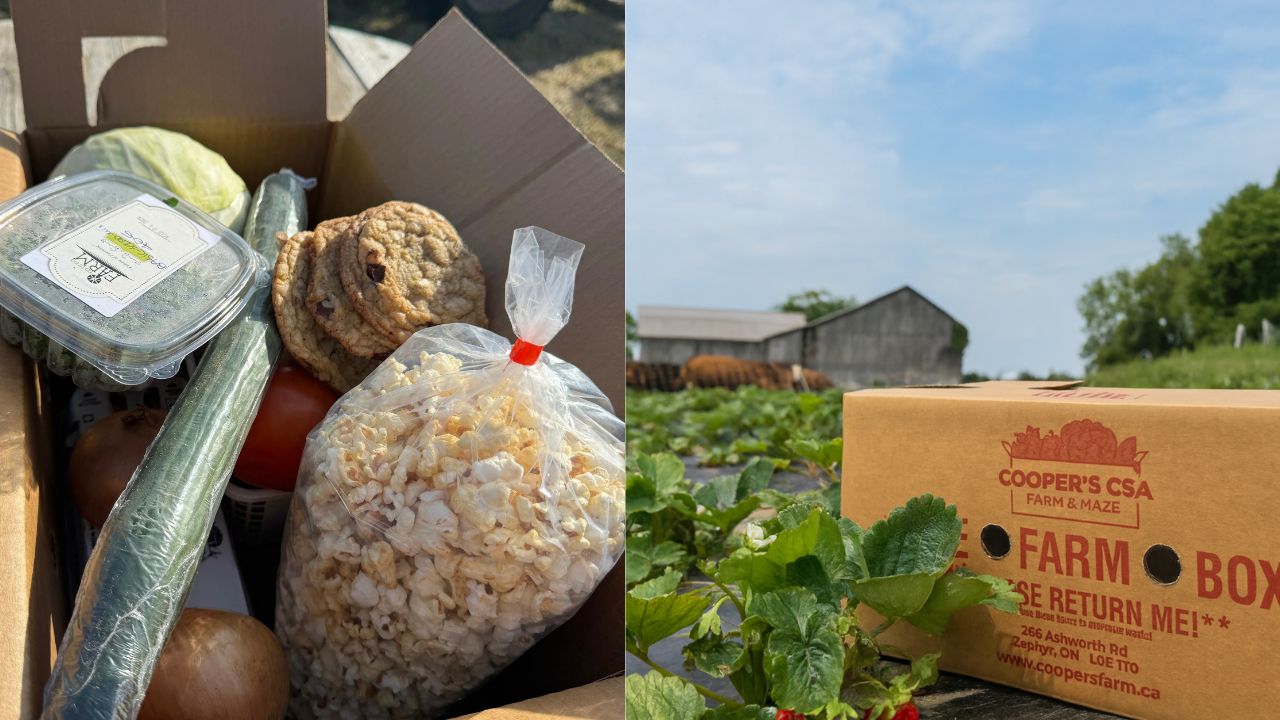Lock in a full year of Local Line at 30% OFF. Sign up for an annual plan before
.webp)
+1 (855) 699 1026

They may not be flashy… but back office tags are a powerful tool for improving the searchability and organization of your farm data. By using tags, you can efficiently manage customers, orders, and products, enabling bulk actions, data retrieval, and list exports with ease. This guide will walk you through the five different back office tags on Local Line and their common use cases, helping you make the most out of this feature.
There are five main types of tags that can be utilized in both the back office and storefront of Local Line:
Tags not only help with internal organization but also play a crucial role in enhancing your storefront. During a recent workshop, Maximizing E-Commerce Success: Crafting Offers to Boost Farm Sales, we discussed how keyword tags can be used in your farm storefront to highlight features such as "best sellers" or "farmers' pick."
If you want to learn the formula for crafting great offers, check out our article on ways to maximize offers in your farm store or watch our workshop recording, Maximizing E-Commerce Success: Crafting Offers to Boost Farm Sales.
Below, we explore the different back office tags you can find in your Local Line account and how farmers and ranchers use them every day in their operations.
Customer tags are incredibly effective for grouping customers by common elements, making it easier to filter and perform bulk actions, such as sending emails, assigning to a price list, topping off store credit, or sending account invites.

Here are some practical applications for customer tags:
Order tags are essential for organizing and exporting orders efficiently. You can leverage order tags to categorize by fulfillment date and time, highlight important orders, and packaging information. In your orders table, you can also stack tags by filtering by customer and order tags at the same time. Making exporting the exact orders you need seamless.
You can also leverage these tags to conduct bulk actions on your orders, such as:

Some common uses include:
In your inventory table, you can add both keyword tags which are visible to your customers and on your storefront, and internal product tags. These are tags that only yourself and your team will see. They can be effective for communicating with the team and organizing by customer type.

Here are a few common use cases for internal product tags:
Similar to internal product tags, internal vendor tags allow you to organize your vendors.

Here are a few ways you may use vendor tags:
Tags are an invaluable asset for organizing and managing various aspects of your business. By implementing customer, order, product, and vendor tags, you can streamline operations, improve data management, and enhance communication with your team.
Whether it's conducting bulk actions, exporting data, or simply keeping track of preferences and schedules, tags offer a versatile solution to keep all your tables in Local Line organized.


